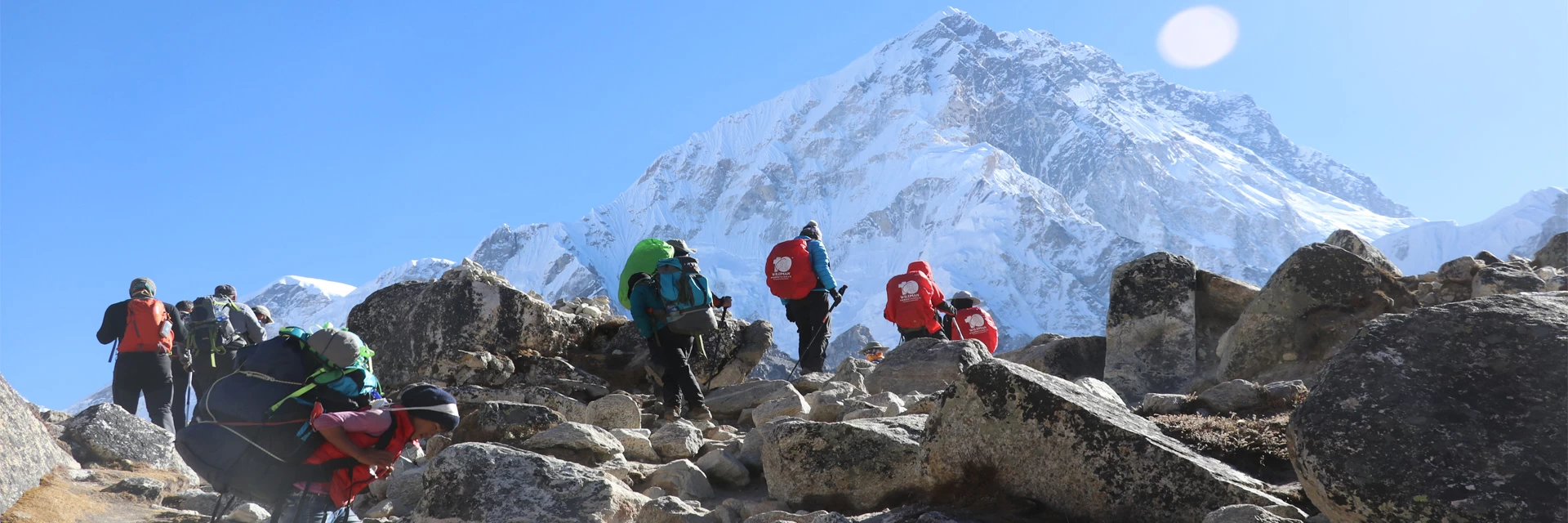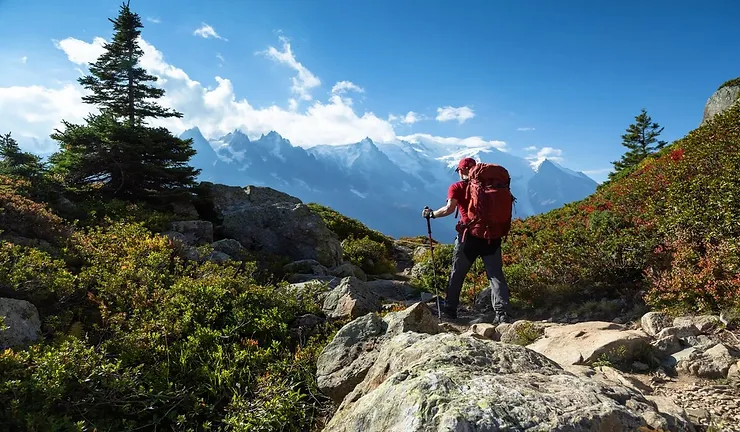A Guide to the Ultimate Himalayan Adventure
Nepal, nestled in the heart of the Himalayas, offers some of the world’s most spectacular trekking routes, attracting adventurers and nature enthusiasts from around the globe. Whether you’re seeking breathtaking mountain vistas, cultural immersion, or spiritual enrichment, trekking in Nepal promises an unforgettable experience. This guide explores why trekking in Nepal is a must, and how you can embark on your own Himalayan adventure.
Why Trek in Nepal?
Nepal is renowned for its diverse landscapes, rich cultural heritage, and towering peaks, including Mount Everest, the highest mountain in the world. Here are compelling reasons to choose Nepal for your trekking adventure:
- Spectacular Scenery: Trek through lush valleys, rhododendron forests, and rugged terrain that lead to panoramic views of snow-capped mountains, including Everest, Annapurna, and Langtang ranges.
- Cultural Diversity: Encounter diverse ethnic communities, remote mountain villages, and ancient monasteries along trekking routes that reflect Nepal’s vibrant cultural tapestry.
- Adventure Variety: Nepal offers trekking options for all levels, from easy day hikes to challenging high-altitude expeditions. Whether you’re a novice trekker or an experienced mountaineer, there’s a trekking route suited to your skills and preferences.
- Spiritual Exploration: Visit sacred sites, Buddhist monasteries, and Hindu temples nestled amidst the Himalayan foothills, offering spiritual solace and cultural insights.
How to Prepare for Trekking in Nepal
Planning and preparation are crucial for a safe and enjoyable trekking experience in Nepal. Follow these steps to prepare for your Himalayan adventure:
1. Choose Your Trekking Route
Research and select a trekking route that matches your fitness level, interests, and time constraints:
- Popular Treks: Consider iconic treks like Everest Base Camp, Annapurna Circuit, Langtang Valley, and Manaslu Circuit, each offering unique landscapes and cultural encounters.
- Duration: Plan your trek duration based on available time and itinerary preferences, considering acclimatization days and rest stops along the route.
- Difficulty Level: Assess trek difficulty, altitude gains, and terrain challenges to ensure it aligns with your physical capabilities and trekking experience.
2. Organize Necessary Permits and Documentation
Obtain required permits and documentation before starting your trek:
- Permits: Depending on your chosen trekking route and region, obtain TIMS (Trekkers’ Information Management System) card and necessary conservation permits from the local authorities or trekking agencies.
- Travel Insurance: Purchase comprehensive travel insurance that covers emergency medical evacuation, trekking accidents, and trip cancellations due to unforeseen circumstances.
3. Pack Essential Gear and Equipment
Pack essential gear and equipment to ensure comfort, safety, and preparedness throughout your trek:
- Clothing: Layered clothing suitable for varying weather conditions, including moisture-wicking base layers, insulated mid-layers, waterproof outerwear, and sturdy trekking boots with ankle support.
- Gear: Carry a lightweight backpack, trekking poles, sleeping bag suitable for cold temperatures, headlamp with extra batteries, and a comprehensive first aid kit with essential medications.
- Miscellaneous: Include toiletries, sunscreen, sunglasses, water purification tablets, and snacks for energy during trekking days.
4. Acclimatization and Health Considerations
Prepare for high-altitude trekking challenges and prioritize acclimatization:
- Gradual Ascent: Ascend gradually to higher altitudes, allowing time for acclimatization and adjusting to reduced oxygen levels. Incorporate rest days and hydration to prevent altitude sickness.
- Physical Fitness: Improve cardiovascular endurance and leg strength through pre-trek fitness training, including hiking, running, and aerobic exercises.
- Hydration and Nutrition: Stay hydrated with clean, filtered water and maintain a balanced diet rich in carbohydrates, proteins, and vitamins to sustain energy levels during trekking.
5. Respect Local Culture and Environment
Show respect for local customs, traditions, and environmental conservation during your trek:
- Cultural Etiquette: Interact respectfully with local communities, ask for permission before taking photographs, and observe cultural norms and traditions.
- Environmental Responsibility: Practice Leave No Trace principles by disposing of waste responsibly, minimizing plastic usage, and leaving natural surroundings undisturbed.
6. Trekking with a Guide or Group
Consider trekking with an experienced guide or joining a reputable trekking group for safety, guidance, and local insights:
- Local Knowledge: Benefit from a guide’s expertise in navigating trails, interpreting weather conditions, and identifying flora and fauna along the trekking route.
- Safety Assurance: Ensure safety with a guide’s knowledge of emergency procedures, first aid response, and communication with local authorities or rescue teams.
Conclusion
Trekking in Nepal offers a gateway to the Himalayas’ natural beauty, cultural heritage, and spiritual enlightenment. By preparing meticulously, respecting local customs, and embracing the challenges of high-altitude trekking, you can embark on a transformative adventure that leaves a lasting impression. Plan your trekking expedition in Nepal, immerse yourself in majestic landscapes, and discover why it’s a bucket-list destination for adventurers worldwide.



